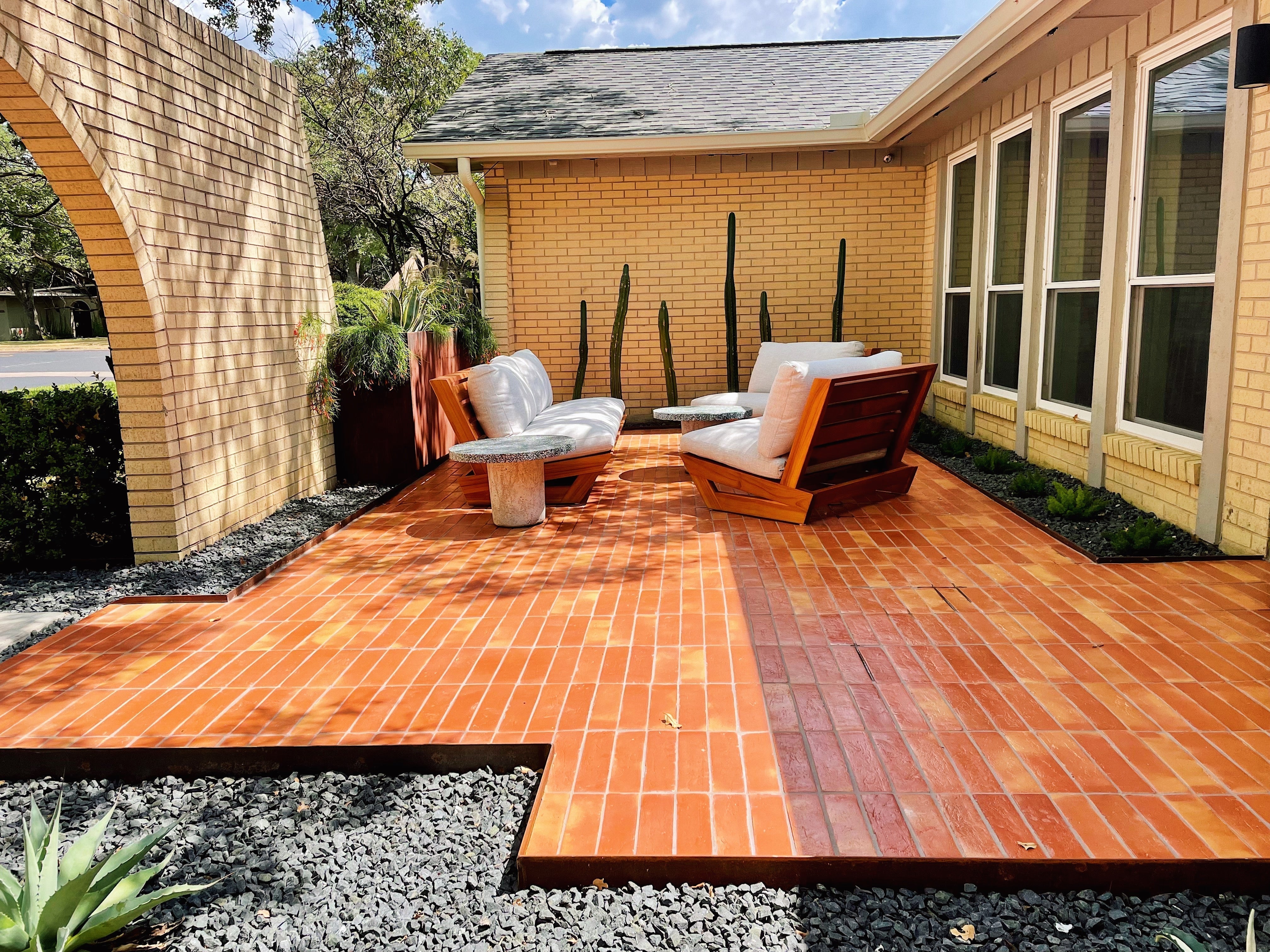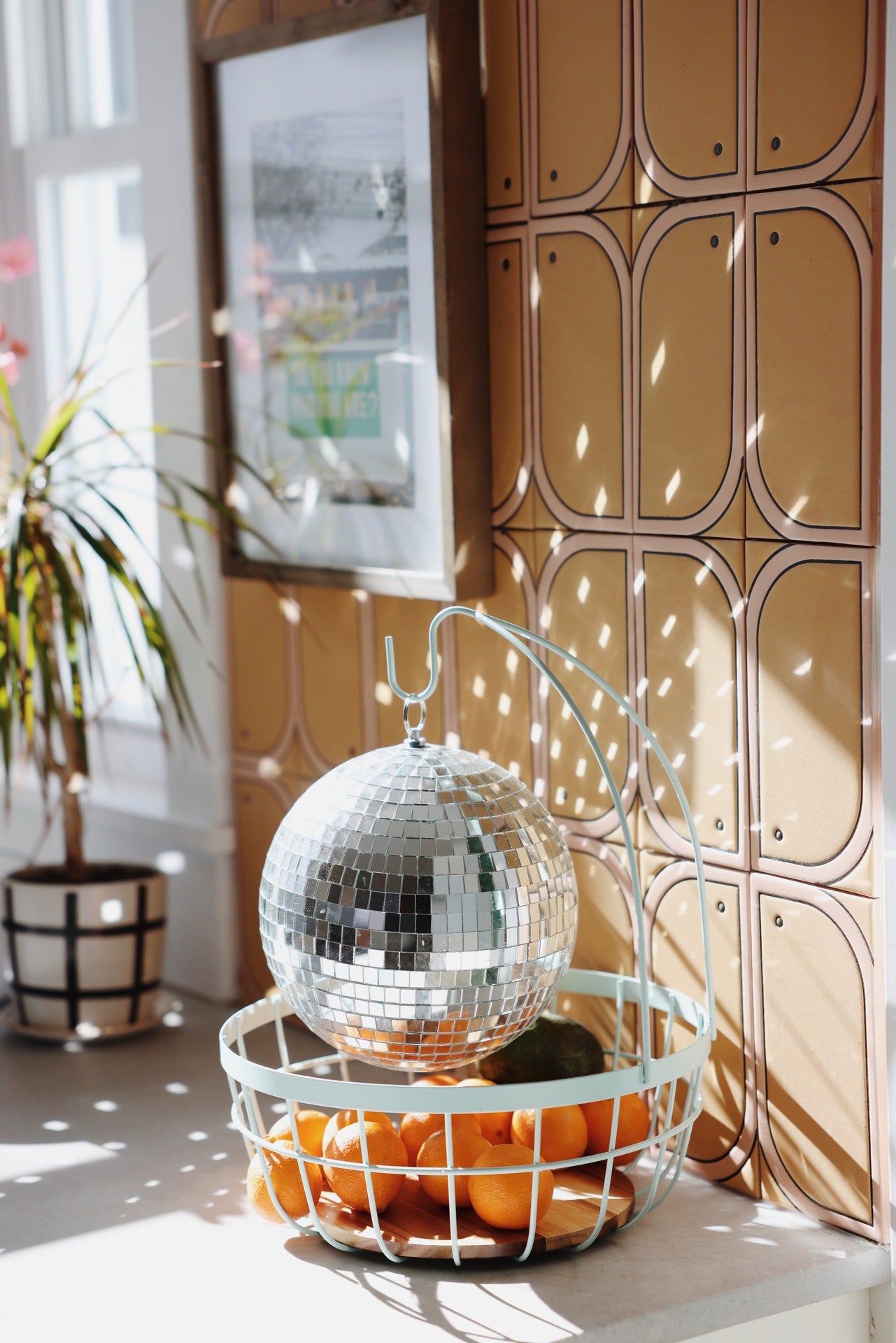Everything you need to know about terracotta tiles
By Clay Imports
Terracotta is one of the most widely used construction materials. Since humans began building, they have been firing a mix of clay and minerals in kilns to create durable objects that could outlast them. Natural terracotta has retained these characteristics for centuries and can now be a part of your home. In this article, we’ll discuss everything you need to know about terracotta tiles: where they come from, how they are made, and how to install them.
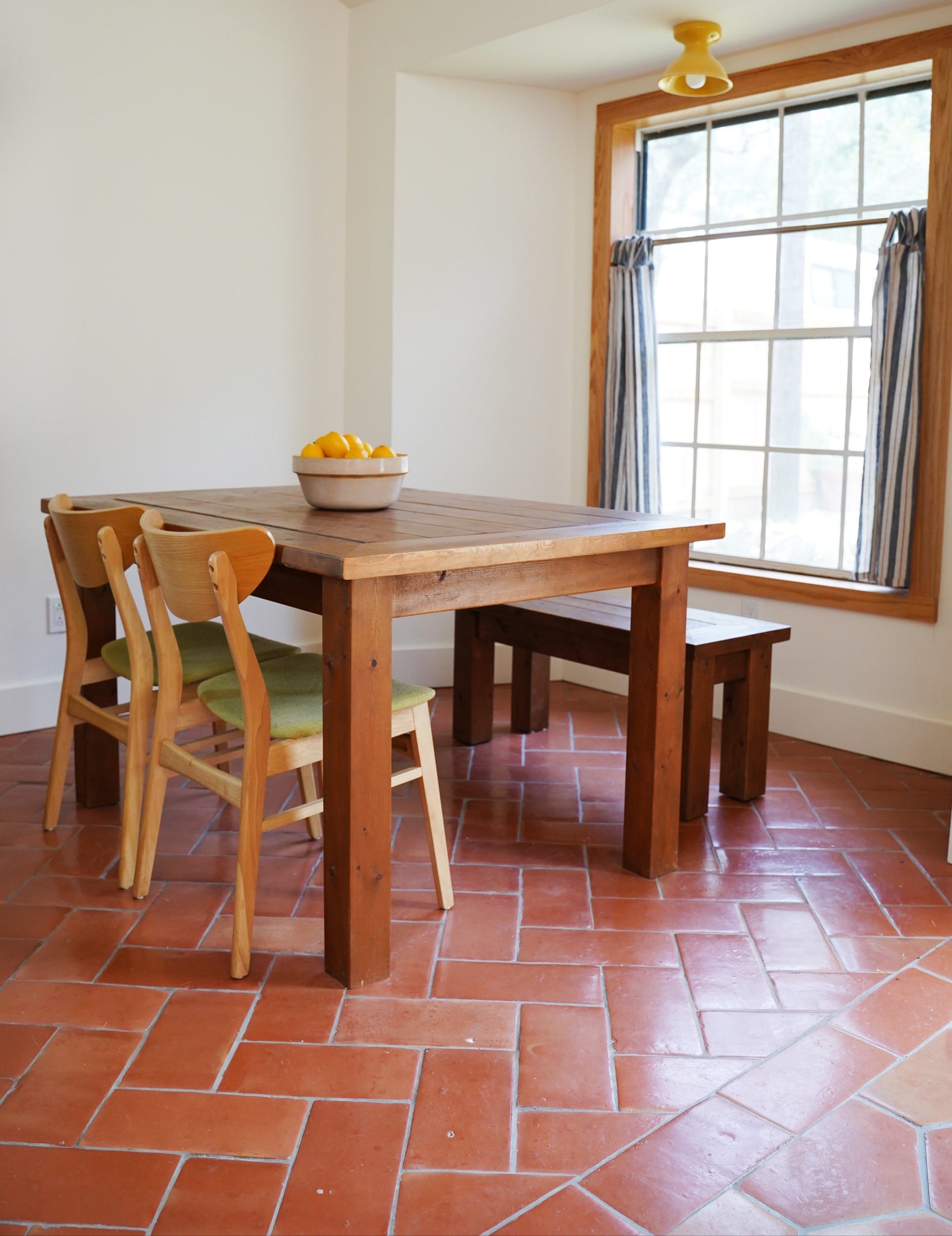
The history of terracotta tiles
Straight from the earth, terracotta tiles are the oldest type of manufactured flooring on record. Their origins can be traced back as early as China, Greece, Egypt, Mesopotamia, and the Indus Valley between 10,000–7,000 BCE.. Although they lost some popularity after the Romans conquered the African region, they were often used as a substitute for natural stone in construction during the middle ages.
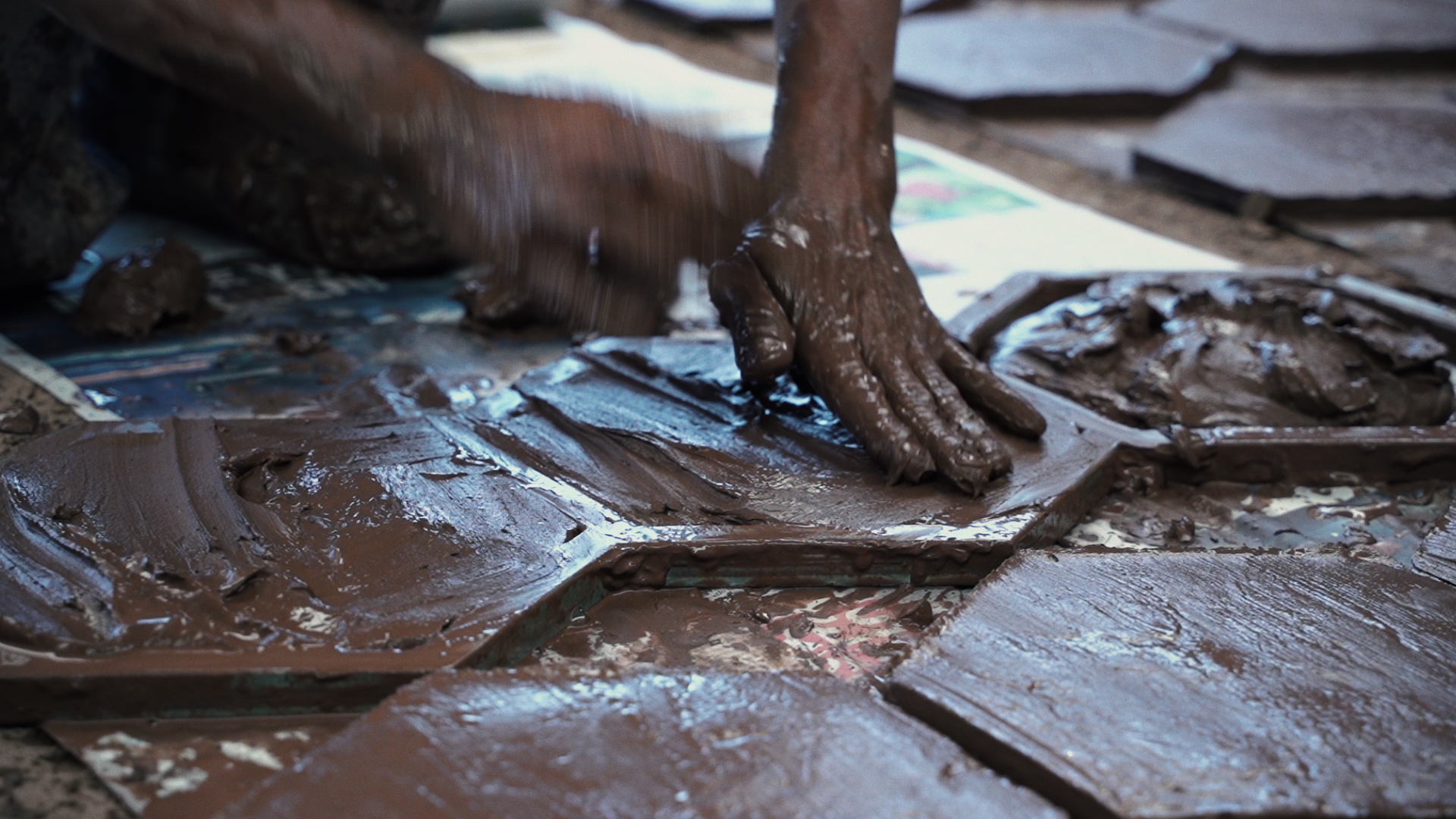 Terracotta tiles are made of 3 ingredients: clay, water and fire
Terracotta tiles are made of 3 ingredients: clay, water and fire
At the beginning of the 18th century, terracotta tiles experienced a renaissance. They gained popularity in France, where craftsmen across the country began marking these tiles with their initials or logos. In Italy, they started to be used for flooring and roofing in both palaces and regular homes. In fact, it is thanks to the Italians that terracotta got its name: "terra cotte" can be literally translated from Italian as “fired earth.”
As manufacturing techniques advanced and trends came and went, terracotta also fluctuated with them, keeping the notoriety they gained in the 1700’s. Now, they are being renowned for their rustic charm, their great resistance and versatility and their natural characteristics, as terracotta being one of the few materials that are still manufactured the same way ever since their origin.

Terracotta vs Saltillo tiles: What’s the difference?
As Europeans traveled across the globe, they shared their techniques and construction methods. Pre contact, pottery was usually open-air fired or pit fired in the Americas. Terracotta kilns found a home in Mexico, particularly in the region that would later become Saltillo. Saltillo tiles are terracotta tiles made in the Mexican city of the same name. The only difference between a regular terracotta tile and a Saltillo tile is their place of origin; just as tequila is agave liquor made in a specific region of Mexico, Saltillo tiles also have their designation of origin.
What kind of finish does Terracotta tiles have?
Given their nature, terracotta tiles are porous and as such, it is highly recommended to seal them before installing them. Clay Imports offers all their terracotta tiles sealed and we offer them in 3 different finishes. Keep in mind that a sealed tile is not the same as a glazed tile; you can learn more about this difference here.
Also, even though our tiles come pre sealed, it is recommended to apply a top coat sealer to your sealed tiles. Applying a top coat of sealer on your completed installation will provide additional protection to your grout, helping it maintain its integrity and color. Also, top coat sealers differ from the factory seal on your tile, offering an extra layer of protection. This is particularly beneficial if it's installed in high-traffic areas such as flooring.

Gloss sealed terracotta tiles are sealed with a shiny reflective finish. This is the most traditional, and durable Saltillo sealer option and probably the most well known version of these tiles. They can be installed in high traffic areas, like flooring for domestic use and even in some exterior spaces. This is the perfect option if this is your first time using Terracotta tiles: the rich colors within the tiles will take the spotlight and will make you fall in love with its natural beauty.

Satin sealed terracotta tiles are your choice if you want to remark the natural distress of your tile, without sacrificing the protection of a sealer, giving you a semi gloss finish that highlights the textures of your product. These tiles are a perfect fit for wall tiling and back splashes.
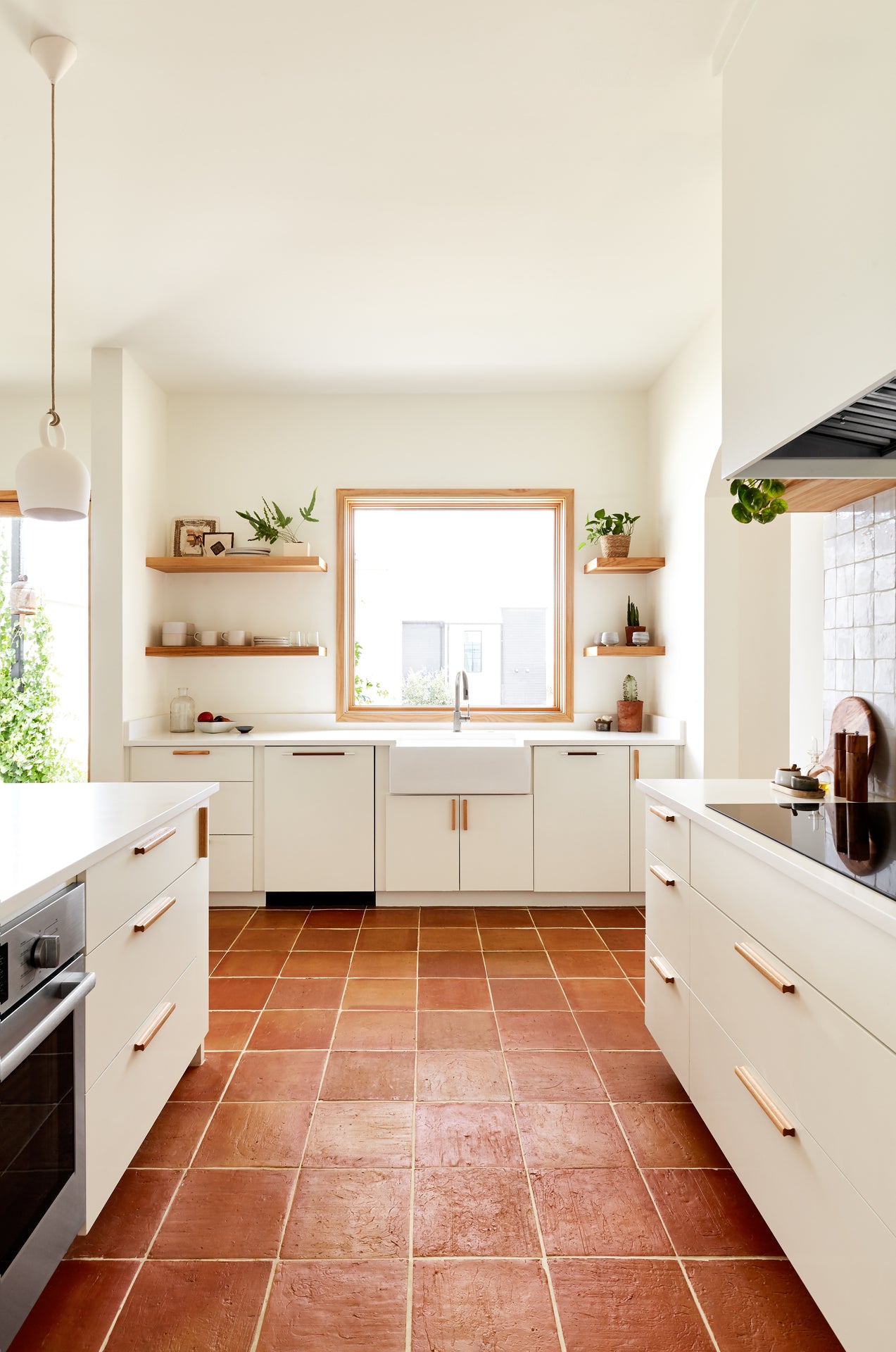
Matte sealed terracotta tiles are pre sealed during production. This is as natural as a pre sealed terracotta tile can get and as such, is recommended for less traffic areas, like fireplaces or walling in bedrooms, and will require more maintenance. In exchange, you’ll get the most raw, natural looking tiles and the perfect compliment for design trends such as Spanish Revival or other trends that are coming in 2024.

Even though they will be pre sealed, handmade tiles will exhibit natural variations, which are inherent traits of the natural clay terracotta is made of. These variations in color, texture and sheen are not defects but rather a natural part of the product and the indicator that you have an authentic terracotta piece. You can learn more about how to distinguish an authentic terracotta tile here.
Finally, we highly recommend ordering samples before making a final purchase to confirm and appreciate these natural variations in each tile. Natural terracotta tiles are unique, that’s why we also recommend taking a look at the spec sheet for these tiles here.

How to install natural terracotta tiles?
Natural terracotta tiles can be easily installed and they can adapt to any project, no matter its size. Prep work is key: you have to measure and clean very well from dust and other debris before installing.
Once you have your measurements, it is important to also have some overage. This will give you some room if mistakes ever happen and will give you more options in order to better blend your tiles. Learn more about our overage while ordering online terracotta tiles here.
Finally, it is time to get things done! We strongly recommend a deep reading to both our complete guide for Saltillo tile installation, as well as the installation guide for both gloss terracotta tiles and satin/matte tiles.





 Share
Share
 Pin it
Pin it
